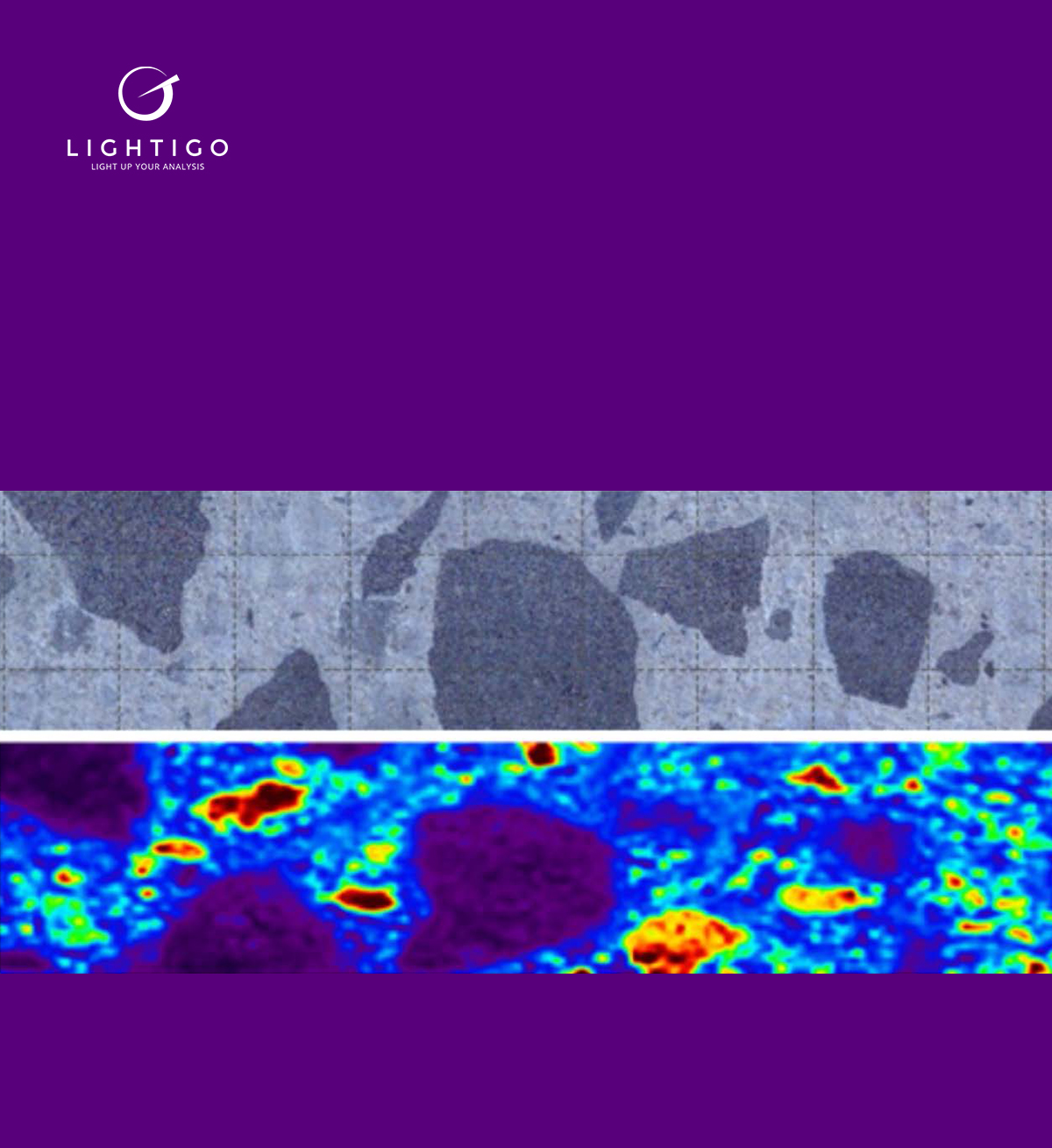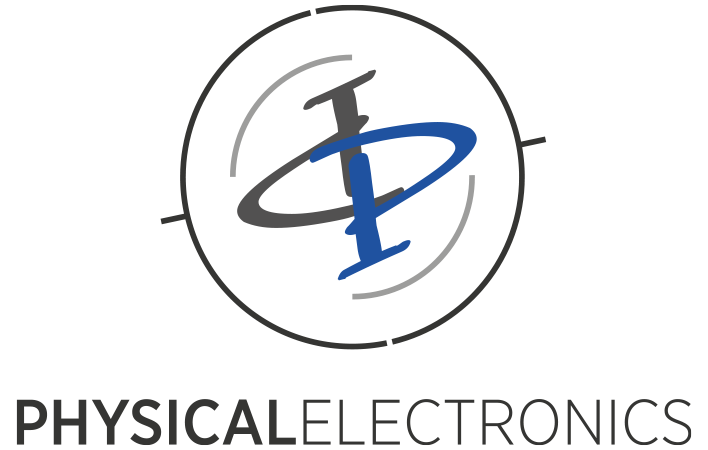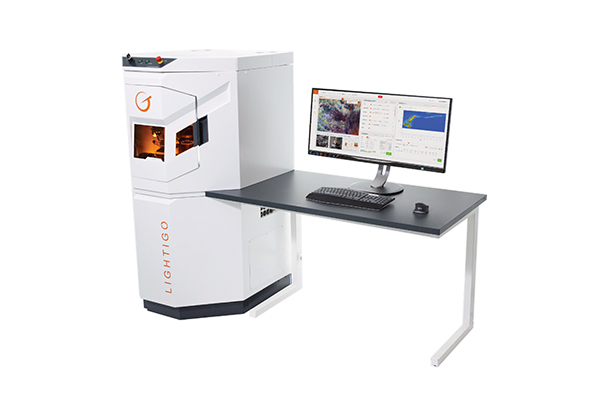Lithium in concrete: How LIBS technology is revolutionising material analysis
Why is detecting lithium in concrete so important and how can LIBS help?

Lithium plays an important role in the concrete industry, particularly in improving the durability of concrete through the use of lithium nitrate and lithium hydroxide. The detection of lithium in concrete samples used to be a major challenge.
However, with the development of laser-induced breakdown spectroscopy (LIBS), this process has become faster, more accurate and more cost-effective. LIBS enables precise analysis of lithium in complex concrete samples and provides valuable data for the further development of concrete technologies.
What advantages does the LIBS analysis offer here?
LIBS is a powerful method for detecting lithium in concrete quickly and accurately. The technology offers high spatial resolution and enables multi-element analysis with minimal sample preparation. This makes it an indispensable tool for research and development in concrete technology. By visualising lithium distributions in concrete samples, LIBS opens up new possibilities for the optimisation of concrete mixes and the improvement of material properties.

